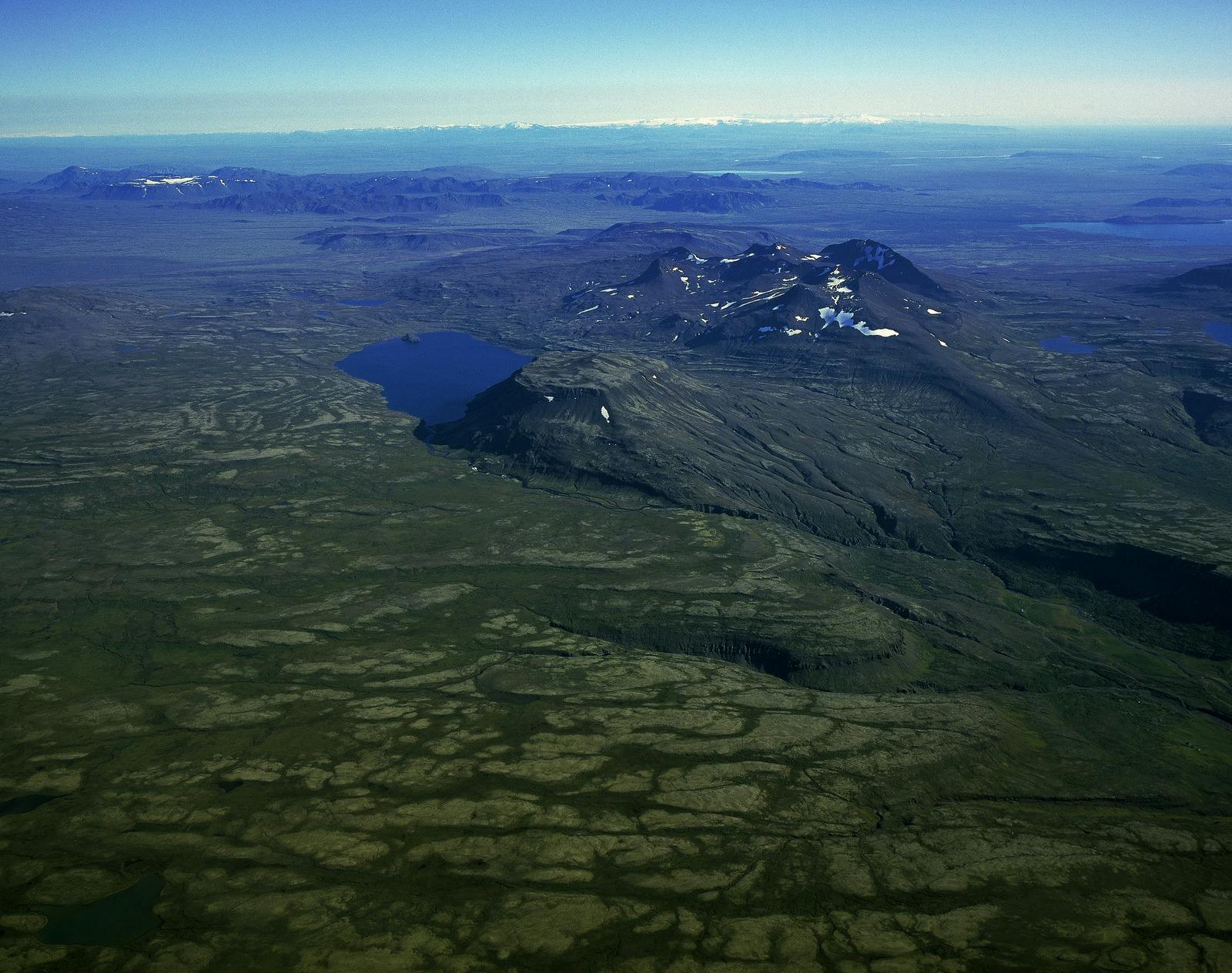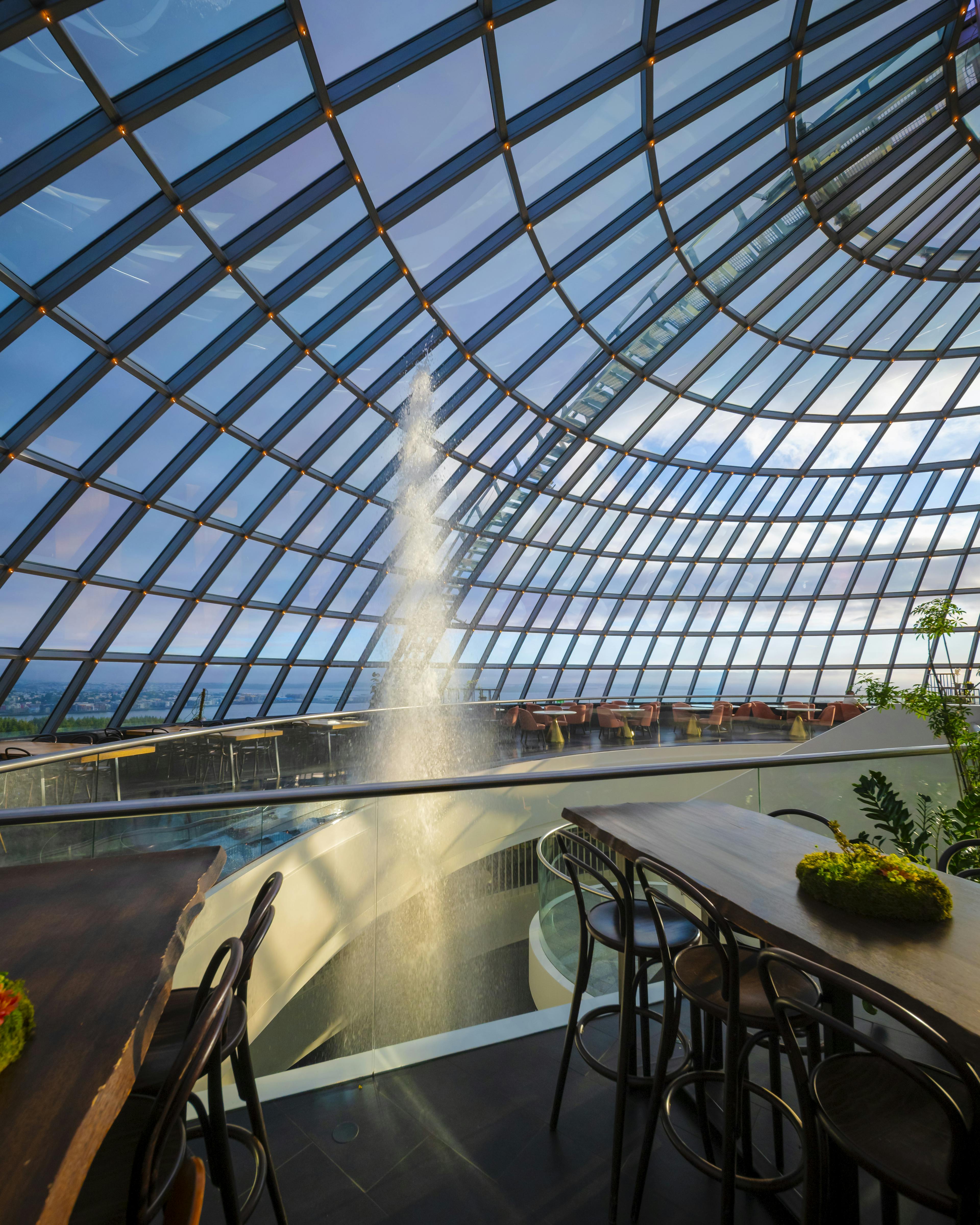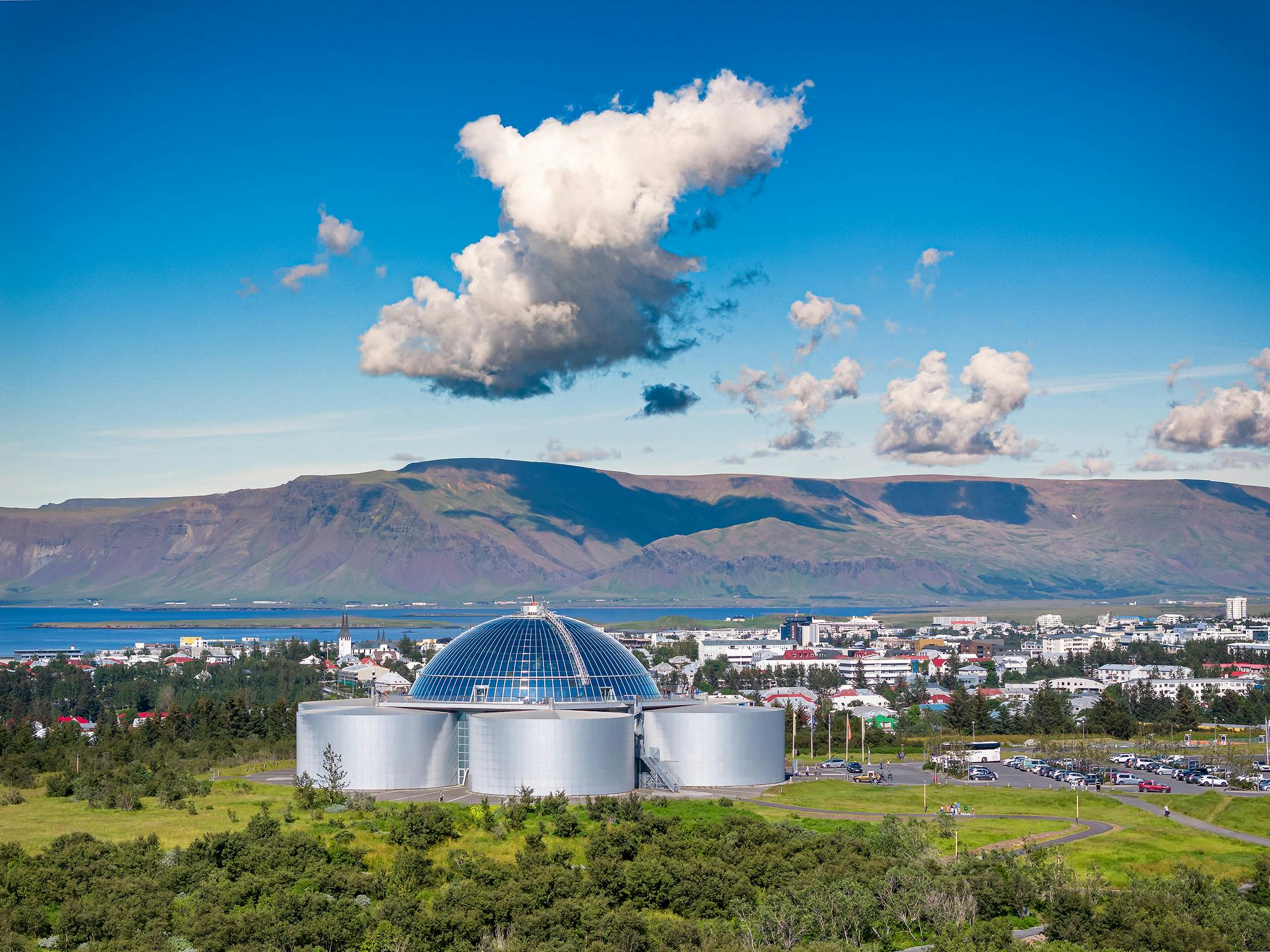
Your Guide To Hvalvatn
Hvalvatn, which translates to "Whale Lake," is one of Iceland's many extraordinary natural wonders that showcase the country's unique geological features and magical allure. Spanning across an area of approximately 2.4 square kilometres, Hvalvatn is situated in the mountains near the famed Hvalfjörður (Whale Fjord) in the southwestern part of the country in about 380 m above sea level. It is one of the deepest lakes in Iceland, 180 m deep.
How Was Hvalvatn Formed?
Formed during the last Ice Age, Hvalvatn is a glacial lake, and its existence is a testament to the powerful forces of nature that have shaped Iceland over millennia. Fed by the waters from the surrounding mountains and springs, the lake is renowned for its crystal-clear waters that reflect the surrounding mountains and the vast open sky like a mirror.

One of the most remarkable features of Hvalvatn is its ever-changing colour. Depending on the time of day, weather conditions, and seasons, the lake's waters can shift from shades of emerald green to deep blue, creating an ethereal ambience that leaves visitors in awe. The ever-present Icelandic sunlight plays a significant role in this magical transformation, painting the landscape in a mesmerising display of colours.
You will most likely not have time to visit all lakes when in Iceland, but did you know you can still learn about them at Reykjavík's Perlan? Perlan's exhibits offer a scenic journey through Iceland's unique geographical features. The Water in Icelandic Nature exhibit showcases water's crucial role in the country's hydrology and the diverse ecosystems it nurtures.

What To Do At Hvalvatn?
The area surrounding Hvalvatn is a haven for nature lovers and outdoor enthusiasts. Hiking trails wind their way through the rugged terrain, offering spectacular vistas of the lake and the surrounding wilderness.
Adventurous souls can embark on challenging hikes up the nearby mountains for an even more breathtaking panorama of the region. For those who prefer a more leisurely experience, picnicking along the shoreline or camping under the midnight sun are excellent ways to savour the tranquillity of Hvalvatn.
Hiking
The most popular and accessible trail around Hvalvatn is the hike to Glymur, Iceland's second-highest waterfall. This trail takes you through diverse terrain, offering stunning views of the lake, surrounding mountains, and lush valleys.
The hike is moderately challenging, taking approximately 3-4 hours round trip, and requires sturdy footwear due to some rocky and uneven sections. At the end of the trail, you'll be rewarded with the breathtaking sight of Glymur cascading down a steep cliff into a canyon, making it a highlight of any visit to Hvalvatn.
Historical Importance
Aside from its natural beauty, Hvalvatn also holds historical significance for Iceland. During World War II, the area around Hvalfjörður was home to a strategic naval base established by the British and later taken over by the United States. The remnants of these wartime installations can still be seen, providing a glimpse into Iceland's wartime past.

Hvalvatn FAQ
What to do at Hvalvatn?
Hvalvatn offers a range of activities, including hiking, camping, birdwatching, and fishing. Hiking to Glymur, the second-highest waterfall in Iceland is a popular activity.
Can I swim in Hvalvatn?
Swimming in Hvalvatn is possible, but the water is quite cold. If you choose to swim, be cautious of the temperature and your safety, especially in the deeper parts of the lake.
How to get to Hvalvatn?
To reach Hvalvatn, you can take a scenic drive from Reykjavik, Iceland's capital city. The lake is approximately 72 kilometres (45 miles) away from Reykjavik. You cannot drive all the way. The last 5 km is a hiking tour climbing the mountain slopes along a good hiking trail.







